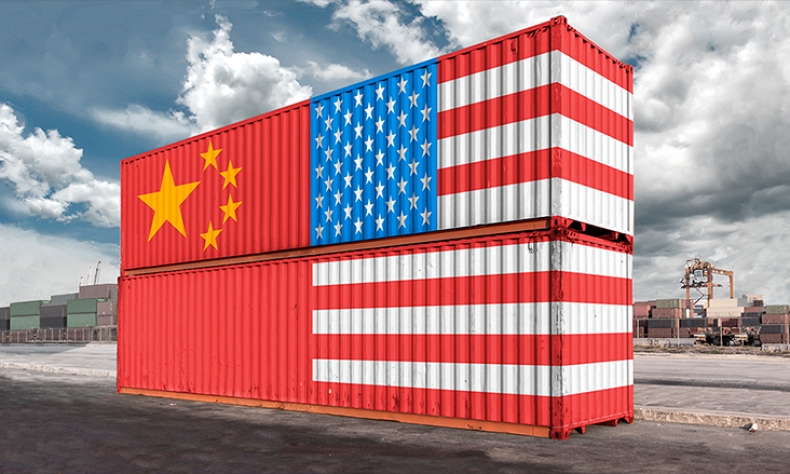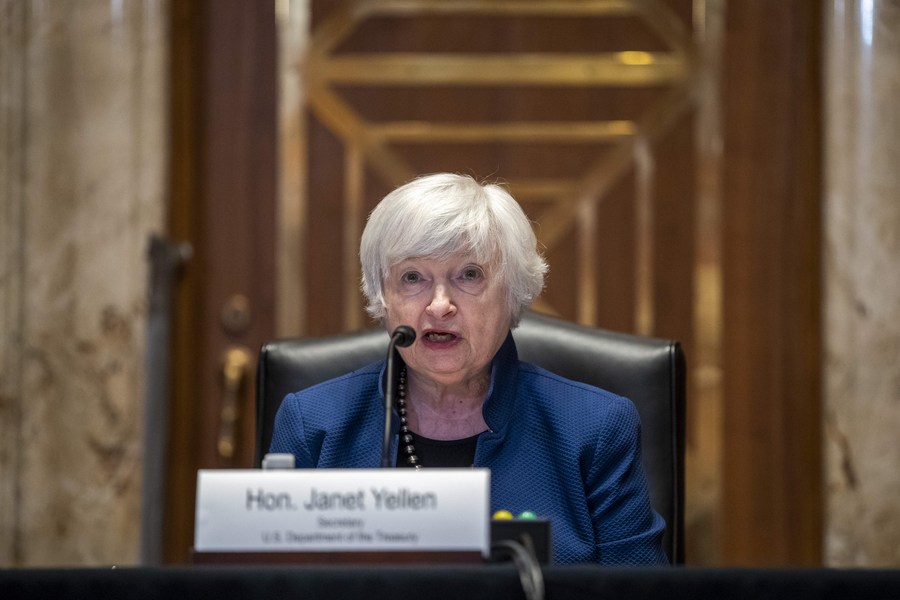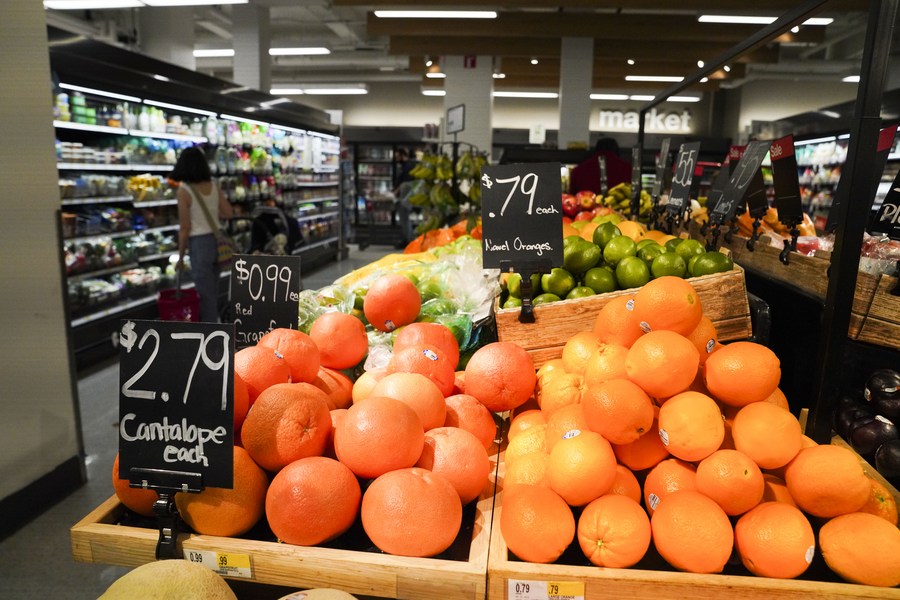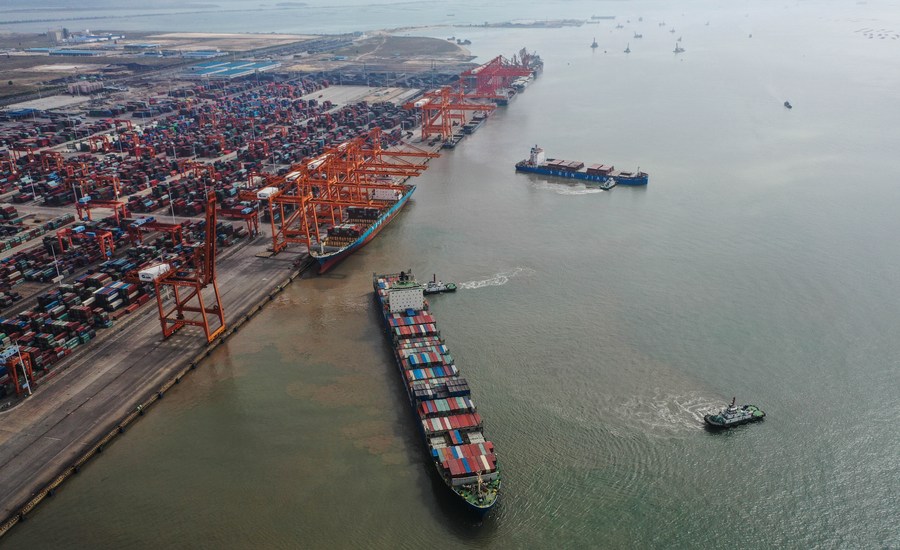Will Yellen Visit China?

Tariffs alone will not stop China’s rise. China’s most important strategic interest lies in its access to technology and however bitter this pill is to swallow for the US, this may be a trade-off in the end of Phase One discussions.
In these days of lockdown, January 2022 seems a long way off. However, it’s an important date for China because the two-year US-China Phase One Trade deal commenced in January 2020. The agreement ends if the conditions of the deal are not fulfilled or they are replaced by a Phase Two Trade Deal by January 2022.
At one time, the tariffs served as a big stick wielded by the US, but time has diluted the impact of this tool as a threat.
President Biden is faced with both a political problem with China and an economic reality with China. The two problems are contradictory and incompatible. How they are resolved will influence the investment landscape. The proposal to send Secretary of the Treasury Yellen to China to meet Vice-Premier Liu He suggests economic reality may be starting to play a larger role in forming the US-China relationship. It follows the nomination of career diplomat Nicolas Burns as US Ambassador to China.

The economic reality starts at home. The administration is struggling with growing inflationary pressures. The most recent US inflation reading was at 5.4 percent. This is the highest in 38 years and enough to stir US markets from their complacency about making new highs.
Add to this the impact of the resurgence of infection rates with the Delta variant and it’s clear the administration is even less likely to raise interest rates which is the usual antidote for inflation. This makes managing inflation one of the top priorities in decision-making.
Further adding to economic pressure, the Biden administration has passed a whopping infrastructure program that requires unprecedented levels of borrowing. The financing of this debt will require assurances from the biggest financiers of the US debt — Japan and China. However, Chinese media has indicated China will offload 20 percent of its US treasuries which leaves open the question of who will finance this next round of US debt.
Additionally, a decade of economic data suggests that Chinese exports have successfully helped keep the US inflation low. China’s largest export has been deflation. Walmart, Apple and others rely on “cheap” Chinese products or services and the American consumer has benefited from ever-falling prices. A tariff-induced inflationary impact is the last thing that the Biden administration needs right now.

With a strong COVID-19 rebound, China has shown it can withstand the tariffs, but it’s unclear if the US can withstand inflation. The current stand-off is not the same as the GFC response in 2008 where the US effectively asked for and received Chinese support for its treasury bills and currency. China was in a weaker position and choices were not as open as they are now. In the years following the GFC, China has restructured its trade relationships and vulnerabilities.
China’s US policy is no longer the same as it was in 2019. It’s clear from the Alaska meeting that China will no longer play the game by the US rules. China’s global trade routes have been restructured partly as a result of the Phase One deal and partly as a result of COVID-19.
China’s largest trading partner is the ASEAN (The Association of Southeast Asian Nations), not the US or Europe Union. The ASEAN-China trade grew 33.0 percent in 2020 over 2017, while US-China trade grew by only 0.5 percent during this period. This is consistent with the continued roll-out of the Belt and Road Initiative.
China’s imports and exports trade broke records in the first half of 2021 and there is little evidence of momentum slowing. This means China is no longer under pressure to stop the removal of tariffs, or to strike a deal. The “stick” wielded under the Phase One trade deal has broken and it appears that even the US has recognised this.

Secretary of the Treasury Yellen has a strong record of opposing tariffs and as the cabinet member with the most expertise in monetary policies, she has a better understanding of the economic reality of the US-China relationship. This early start in discussions before the US-China Phase One trade deal comes to its end in January 2022 suggests the US is growing more concerned about inflation and the economic reality of the US-China relationship.
Tariffs alone will not stop China’s rise. China’s most important strategic interest lies in its access to technology and however bitter this pill is to swallow for the US, this may be a trade-off at the end of Phase One discussions.
Removing tariffs on Chinese goods will have an immediate disinflationary effect on the US economy. As an advisor to Presidential candidate Clinton infamously said, “It’s the economy stupid.” Economic reality is the reason why this proposed visit to China is undertaken by the Secretary of Treasury and not the Trade Representative.
The article reflects the author’s opinions, and not necessarily the views of China Focus.
 Facebook
Facebook
 Twitter
Twitter
 Linkedin
Linkedin
 Google +
Google +



